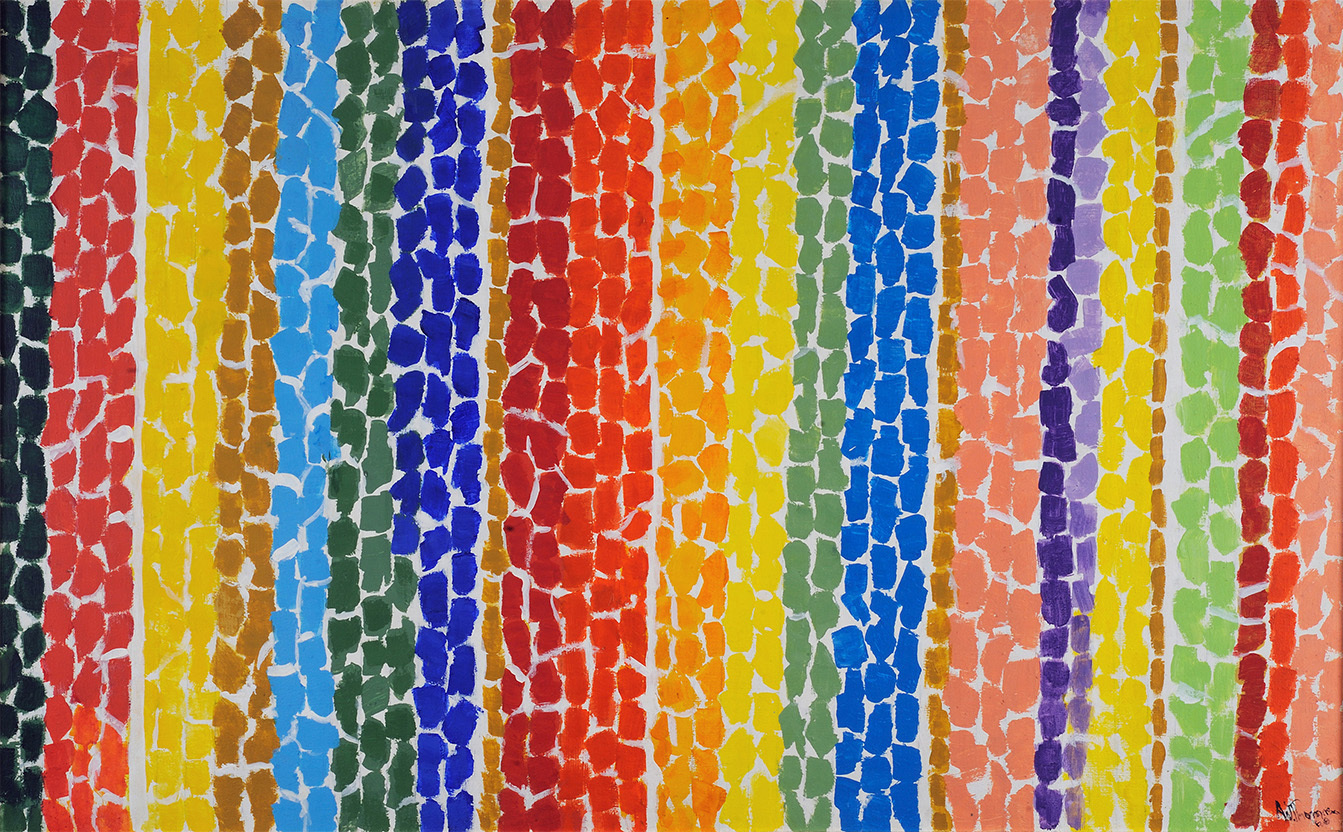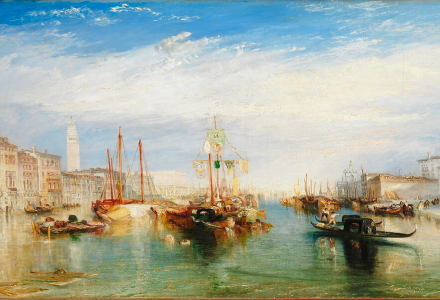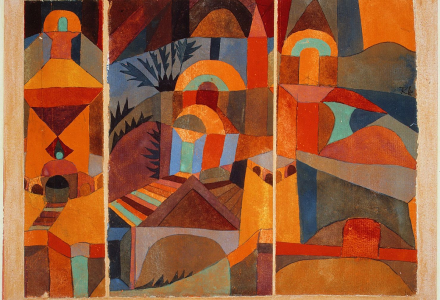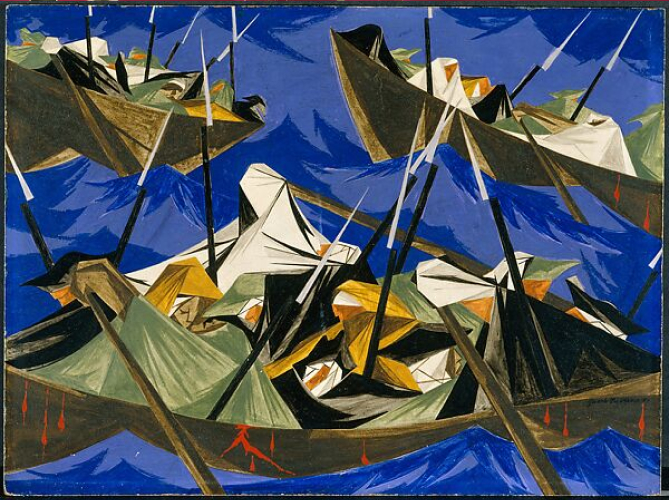We work with individuals, trusts, estates, foundations, dealers and museums – drawing on our own extensive experience in auction houses, museums, appraisal firms and private banks to unlock value in every collection.

Alma Woodsey Thomas. Orange Glow. 1968. Acrylic on canvas, 29 3/4 x 49 inches (75.6 x 124.5). Howard University Gallery of Art/Washington, DC/USA © 2024 Estate of Alma Thomas (Courtesy of the Hart Family) / Artists Rights Society (ARS), New York. Photo credit: Howard University Gallery of Art, Washington DC / Licensed by Art Resource, NY.
Why us?
Our Values

We offer a range of loan structures and terms, and work closely with collectors and wealth management professionals to help finance, purchase, sell, appraise artworks.
Joseph Mallord William Turner, Venice, from the Porch of Madonna della Salute, c.1835, oil on canvas
© The Met Museum, Bequest of Cornelius Vanderbilt, 1899

Paul Klee, Tempelgärten, c.1920, gouache and ink on paper
© The Met Museum, The Berggruen Klee Collection, 1987

Jacob Lawrence. Struggle...From the History of the American People, No. 10: We crossed the River at McKonkey's Ferry 9 miles above Trenton...the night was excessvily severe...which the men bore without the least murmur--Tench Tilghman, 27 December 1776. Egg tempera on hardboard, 12 x 16 inches (30.5 x 40.6 cm).
© 2024 The Jacob and Gwendolyn Knight Lawrence Foundation, Seattle / Artists Rights Society (ARS), New York
Photo credit: The Jacob and Gwendolyn Lawrence Foundation / Art Resource, NY
FAQ
Art Finance
1. How much will you lend me?
We make loans of up to $100 million with terms as long as 15 years. Typically, we lend up to 50% of the value of the collections. Interest rates are competitive bank rates, and depend on the credit of the borrower, the quality of the art works and the structure of the facility. Each loan is tailored to specific needs of the client. Most loans close within 45-60 days of receiving all the required information.
2. May I keep possession of my art?
In most cases, yes. Clients residing in the United States and Canada will generally retain possession of their art. In other countries, the collateral can be moved to a fine art storage facility or loaned to a museum.
3. Do you work with clients' advisors?
Absolutely – we often work with private bankers, wealth managers, accountants, attorneys and art advisors.
4. Do you lend internationally?
Yes, we’re experienced in originating loans to borrowers worldwide. Our team has specialist knowledge across different jurisdictions, and in the structuring of cross-border transactions.
5. How secure will my personal information be?
Emigrant Bank Fine Art is a subsidiary of Emigrant Bank (Member FDIC, founded 1850), a government-regulated, FDIC-insured bank that maintains the highest standards of confidentiality.
Art advisory & appraisals
1. What are the advantages of working with an EBFA advisor?
We work exclusively on our client’s behalf, offering transparent and objective advice to help navigate the opaque and unregulated art market. Our art specialists are all members of The Association of Professional Art Advisors (APAA), and adhere to a stringent code of ethics.
2. How does an EBFA advisor help to build and shape a collection?
With deep knowledge of the marketplace and close relationships with auction houses and galleries, our team identifies the optimal purchase and sale strategy, advises on marketing promotion, and negotiates advantageous terms for our clients. Working with EBFA gives clients expertise and access across the global art market.
3. What is a 'Qualified Appraiser' and why is it important to work with one?
In the US, qualified and certified appraisers must be used for tax purposes. EBFA’s advisors all have the required qualifications.